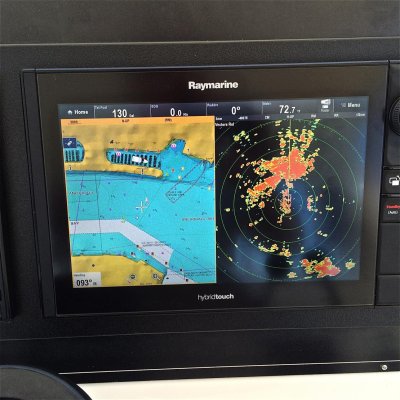Looking for experience with FLIR vs Radar for avoiding stuff in the water, night or fog running.
I've got a "fair" radar (old C80 kind), that is somewhat useful and considering FLIR to complement it and would like to get some comments.
The entry level prices for FLIR have come down, and even the one with side and up and down scanning are pretty reasonable, in the $3K range.
A good radar is probably a bit less, and my just bite the bullet and get both, but not sure at this point.
Use would mainly be for night operation, but occasional fog. And using it on a loop trip.
I've got a "fair" radar (old C80 kind), that is somewhat useful and considering FLIR to complement it and would like to get some comments.
The entry level prices for FLIR have come down, and even the one with side and up and down scanning are pretty reasonable, in the $3K range.
A good radar is probably a bit less, and my just bite the bullet and get both, but not sure at this point.
Use would mainly be for night operation, but occasional fog. And using it on a loop trip.

